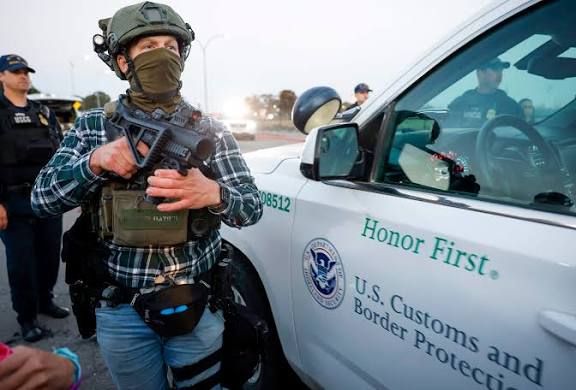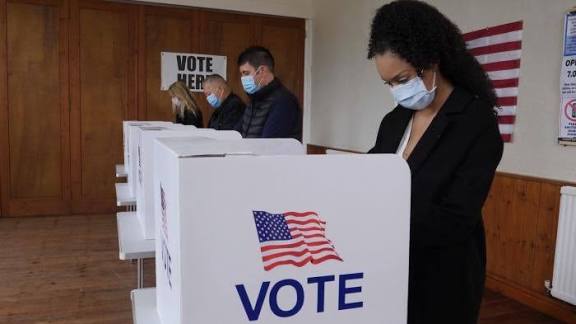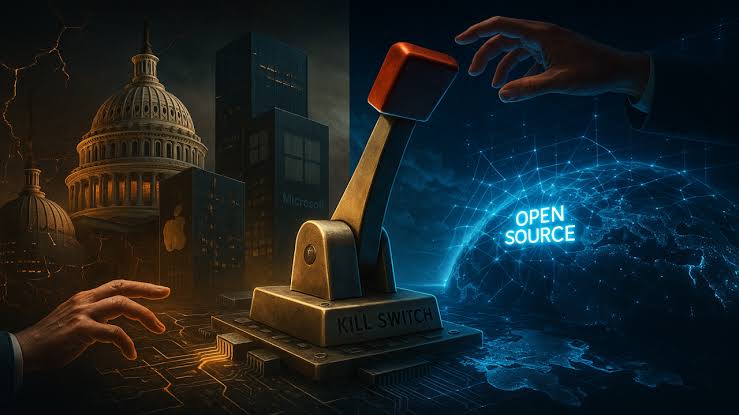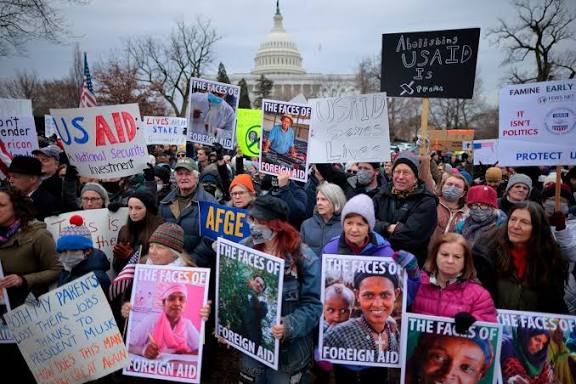Ice border patrol firings: immigration,raids today,immigration report today,deportation number

The Border Patrol has deployed more than 1,500 agents to arrest immigrants in cities across the country to assist in deportation. Today we will discuss about Ice border patrol firings: immigration,raids today,immigration report today,deportation number
Ice border patrol firings: immigration,raids today,immigration report today,deportation number
In recent weeks, the U.S. Immigration and Customs Enforcement (ICE) agency has undergone a major leadership shake-up. Several top field directors were reassigned or removed amid growing White House pressure to accelerate deportations and tighten interior immigration enforcement.
Simultaneously, the U.S. Border Patrol has taken a larger role in operations traditionally handled by ICE. These developments come at a time when immigration raids, deportation statistics, and national debates over immigration policy are dominating headlines.
This article explores the ICE firings and reassignments, the expanding role of Border Patrol in interior operations, the current state of immigration raids, deportation figures, and the broader political and policy implications shaping U.S. immigration enforcement today.
ICE Leadership Shake-Up: What Happened

The Firings and Reassignments
Reports confirm that the Trump administration recently reassigned or removed ICE field office directors in several major cities, including Denver, Los Angeles, Philadelphia, Phoenix, and San Diego.
The administration’s goal is to install leadership more aligned with its aggressive immigration-enforcement agenda. Officials close to the matter stated that the removals were triggered by dissatisfaction with ICE’s declining arrest and deportation numbers in early 2025.
Some sources indicate that Acting ICE Director Caleb Vitello was reassigned following criticism over a “slow pace” of enforcement. The administration believes stronger leadership and higher operational tempo are needed to meet ambitious deportation goals.
Why It Matters
Leadership changes of this magnitude are rare in ICE’s history. They signal a strategic shift from a selective, case-based enforcement model to a volume-driven, results-oriented approach.
Replacing career ICE officers with Border Patrol leaders is also significant. It blurs the line between border and interior enforcement, reshaping how immigration law is applied nationwide.
What’s Expected
The administration expects a marked increase in arrests and deportations. ICE has been under pressure to meet new internal performance targets, including a daily quota of up to 1,500 arrests.
Plans are also underway to expand the workforce significantly. ICE’s hiring goal of 10,000 new employees over five years is part of a broader enforcement surge.
Risks and Internal Challenges
Rapid expansion of enforcement operations carries serious risks. Past hiring surges in similar agencies have led to misconduct, corruption, and oversight failures.
There are also operational challenges: a limited number of detention beds, insufficient immigration judges, and logistical constraints on deportation flights. Scaling up without addressing these issues may result in inefficiency, lower morale, and human-rights violations.
Border Patrol’s Expanding Role in Interior Enforcement
From Border to Interior
Traditionally, Border Patrol agents are tasked with securing the nation’s physical borders—intercepting unauthorized crossings and smuggling activities. But recent shifts indicate that Border Patrol officials are being placed in ICE leadership roles and participating in interior immigration raids.
This change marks a historic expansion of Border Patrol’s mission into the domestic interior. The move is designed to accelerate removals, but critics argue it stretches the agency’s legal authority and operational expertise.
Implications of This Shift
Interior enforcement is governed by different legal standards than border enforcement. Arrests within the U.S. require probable cause and respect for constitutional protections such as due process.
Civil-rights advocates warn that the infusion of Border Patrol culture—built on fast, high-risk border operations—into ICE’s domestic work could increase civil-liberties violations.
Furthermore, merging the roles of Border Patrol and ICE complicates accountability. It becomes harder to determine which agency is responsible for specific enforcement actions or misconduct.
Immigration Raids and Enforcement: The Current Landscape
Interior Raids and Workplace Operations
ICE continues to conduct interior immigration raids targeting undocumented immigrants across the country. These include home arrests, workplace operations, and “fugitive” searches for individuals with outstanding deportation orders.
Workplace raids remain a prominent tactic. Federal agents have conducted sweeps at factories, warehouses, and even fire-crew camps, often detaining dozens of workers at a time.
Community groups and lawmakers have condemned these raids, arguing they are racially motivated and often carried out without proper warrants.
Recent High-Profile Incidents
In October 2025, Border Patrol agents in Chicago shot and wounded an armed woman during a protest involving immigration personnel. A few weeks later, an ICE-related operation in Los Angeles ended in gunfire that injured a deputy U.S. marshal and another individual.
Such incidents illustrate how volatile and dangerous interior immigration enforcement has become. They also highlight the need for clearer rules of engagement and better coordination between ICE, Border Patrol, and local law enforcement.
A Strategic Shift Toward Aggressive Enforcement
The firings and reassignments at ICE are part of a broader strategy to intensify enforcement efforts. The administration’s “mass deportation pilot” aims to deliver visible results by increasing arrests, removals, and media exposure of enforcement actions.
However, experts warn that focusing on volume rather than precision can backfire—leading to wrongful arrests, resource misallocation, and public backlash.
Deportation Numbers and Statistics
The Numbers Behind the Policy
According to Department of Homeland Security data, between June and December 2024, more than 270,000 individuals were deported or returned to over 160 countries. For the 2024 fiscal year, total removals reached roughly 700,000—the highest figure in more than a decade.
These numbers, however, are not uniform. Many deportations originate from Border Patrol apprehensions rather than ICE interior arrests. The distinction matters because it shows where enforcement is concentrated.
In early 2025, ICE’s daily arrests reportedly dropped below 600 per day—well short of internal targets. That decline triggered frustration within the administration and prompted leadership changes.
Targets vs. Outcomes
The administration’s goal of dramatically increasing deportations has run into logistical barriers. Court backlogs, limited detention space, and international coordination challenges slow the process.
Moreover, many detainees file asylum or appeal claims, which can delay deportation for months or years. As a result, high arrest numbers don’t always translate into high deportation totals.
What the Numbers Don’t Show
The deportation figures also obscure key details, such as:
How many removals involved individuals with criminal records.
How many were non-criminal residents with deep community ties.
How many deportations were later overturned or contested in court.
How many U.S. citizens were wrongfully detained or deported.
A number of investigations have revealed that dozens of U.S. citizens have been mistakenly deported in recent years, highlighting systemic flaws in ICE’s data verification processes.
The Term “Firings” — What It Really Means
While the media often refer to “ICE firings,” in most cases the agency is carrying out reassignments rather than outright dismissals.
Field-office directors and senior officials are being transferred, demoted, or replaced to align the agency with new priorities. In several instances, threatened terminations were converted into reassignments after internal negotiations.
The effect, however, is the same: leadership turnover based on enforcement performance. The message to ICE personnel is clear—enforcement numbers will be the main measure of success.
Policy and Legal Implications
Civil-Liberties Concerns
Heightened interior enforcement raises serious civil-rights questions. Critics warn that expanded raids risk racial profiling, unlawful searches, and family separations.
When enforcement becomes driven by quotas or political targets, due-process protections can erode. Immigrant-rights advocates emphasize that many individuals detained during raids are long-term residents with families, jobs, and no criminal record.
Accountability and Oversight
ICE and Border Patrol have both faced scrutiny for misconduct in the past. Oversight bodies report instances of physical and verbal abuse, improper social-media activity, and other disciplinary violations.
Increasing enforcement volume without parallel investment in training, supervision, and accountability mechanisms risks amplifying these problems.
Organizational and Resource Strain
Scaling up deportations requires vast resources—detention centers, transportation contracts, immigration judges, and international repatriation agreements.
The diversion of thousands of federal officers from criminal investigations to immigration enforcement also creates trade-offs. Critics argue that this shift undermines other law-enforcement missions such as combating human trafficking, narcotics, and violent crime.
Strategic Trade-Offs
Prioritizing numbers over nuance may undermine public trust. High-profile raids can generate fear among immigrant communities, discouraging cooperation with local police and increasing the risk of unreported crimes.
While the administration sees aggressive enforcement as a deterrent, researchers suggest it may instead drive migrants further underground, making both communities and law enforcement less safe.
Political and Policy Context
The firings and enforcement surge reflect a larger political effort to project toughness on immigration. The strategy seeks to reduce unauthorized migration through deterrence and visible enforcement actions.
Opponents argue that this approach is shortsighted. They advocate addressing root causes of migration—such as economic instability and violence abroad—while expanding legal pathways and modernizing the asylum process.
The clash between these two visions continues to define the national debate on immigration.
Key Takeaways
Leadership Shake-Up: ICE has reassigned or removed multiple field-office directors in a move to intensify deportations and arrests.
Border Patrol Expansion: Border Patrol is increasingly involved in interior enforcement, blurring the boundaries between border and domestic operations.
Deportation Volume: While deportation numbers remain historically high, ICE’s arrest rates have lagged behind internal targets, prompting leadership turnover.
Civil-Rights Risks: Rapid expansion without oversight raises the risk of abuses, wrongful deportations, and damage to community relations.
Policy Tensions: The enforcement surge appeals politically but may strain resources and weaken public trust.
Terminology: “Firings” often refers to reassignments, but the impact on agency culture and operations is significant.
What to Watch Next
Additional Leadership Changes: More field-office directors may be replaced in the coming months as part of the realignment.
Arrest and Deportation Trends: ICE and Border Patrol will face scrutiny over whether they can meet their ambitious quotas.
Legal Challenges: Lawsuits over unlawful arrests and due-process violations are expected to increase.
Detention Capacity: Rising deportation numbers will test the limits of detention facilities and repatriation logistics.
State and Local Pushback: Sanctuary jurisdictions and civil-rights groups are likely to resist federal enforcement escalations.
Community Impact: Fear, reduced cooperation with police, and disruptions in local economies could all intensify if raids continue.
Conclusion
The recent ICE leadership shake-ups and the growing involvement of Border Patrol in domestic enforcement mark one of the most significant shifts in U.S. immigration policy in years.
By prioritizing deportation volume and operational speed, the administration aims to demonstrate a strong stance on immigration control. Yet this approach comes with costs: strained agency resources, legal challenges, and potential violations of civil rights.
Whether this enforcement pivot will produce lasting results—or deepen mistrust and inefficiency—remains to be seen. What is clear is that the direction of ICE and Border Patrol today will shape the future of U.S. immigration enforcement, community relations, and national policy for years to come.
How useful was this post?
Click on a star to rate it!
Average rating 0 / 5. Vote count: 0
No votes so far! Be the first to rate this post.
About the Author
usa5911.com
Administrator
Hi, I’m Gurdeep Singh, a professional content writer from India with over 3 years of experience in the field. I specialize in covering U.S. politics, delivering timely and engaging content tailored specifically for an American audience. Along with my dedicated team, we track and report on all the latest political trends, news, and in-depth analysis shaping the United States today. Our goal is to provide clear, factual, and compelling content that keeps readers informed and engaged with the ever-changing political landscape.




